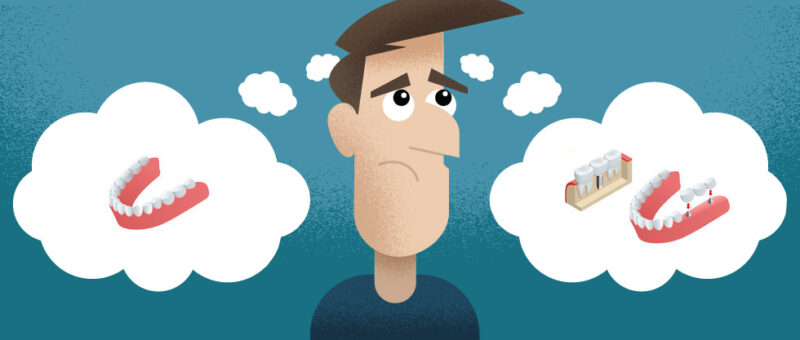The tooth fairy began long, long ago as a little story crafted by parents in order to get a hold of their child’s baby teeth (also called milk teeth) before the witches did! It was a common belief back in the 1500-1600’s that witches could curse you if they obtained a part of your body (fingernail clippings, teeth, etc.), so parents would bury their children’s baby teeth in order to prevent this.Parents would in exchange leave a coin or little treat for their children.
There were other reasons for taking baby teeth. Vikings thought it was good luck to wear baby teeth in battle. Other cultures planted baby teeth with the thought that it would help the adult teeth grow in big and strong. Whatever the reason was, ever-curious children often asked where their teeth went. That is where the folklore of the tooth fairy came in.
The tooth fairy has been a part of American folklore and tradition since the early 1900’s (maybe even earlier). As people began to move to more urban areas and have less and less land, children began to put their teeth under their pillows instead of burying/planting them in their yard.
So what’s the going rate for the tooth fairy these days? Averages in the U.S. run around $0.50 to 1.00 a tooth, but amounts vary greatly depending on the finances and generosity of the parents. The largest reported sum of money given for a single tooth was 1.2 million dollars (!) to a child in Manhattan.
The tooth fairy is generally portrayed as a small, Tinkerbell-like fairy with a wand and wings. The fairy is generally female, however in some movies has been portrayed as a male. This mythical creature is commonly shown in various movies and television shows, and most often in horror films. (Stay tuned next week for a discussion of dentists in the movies…).
Does the tooth fairy come to your house? Do you have any special traditions surrounding the loss of baby teeth? Comment below! We love to hear from you.

